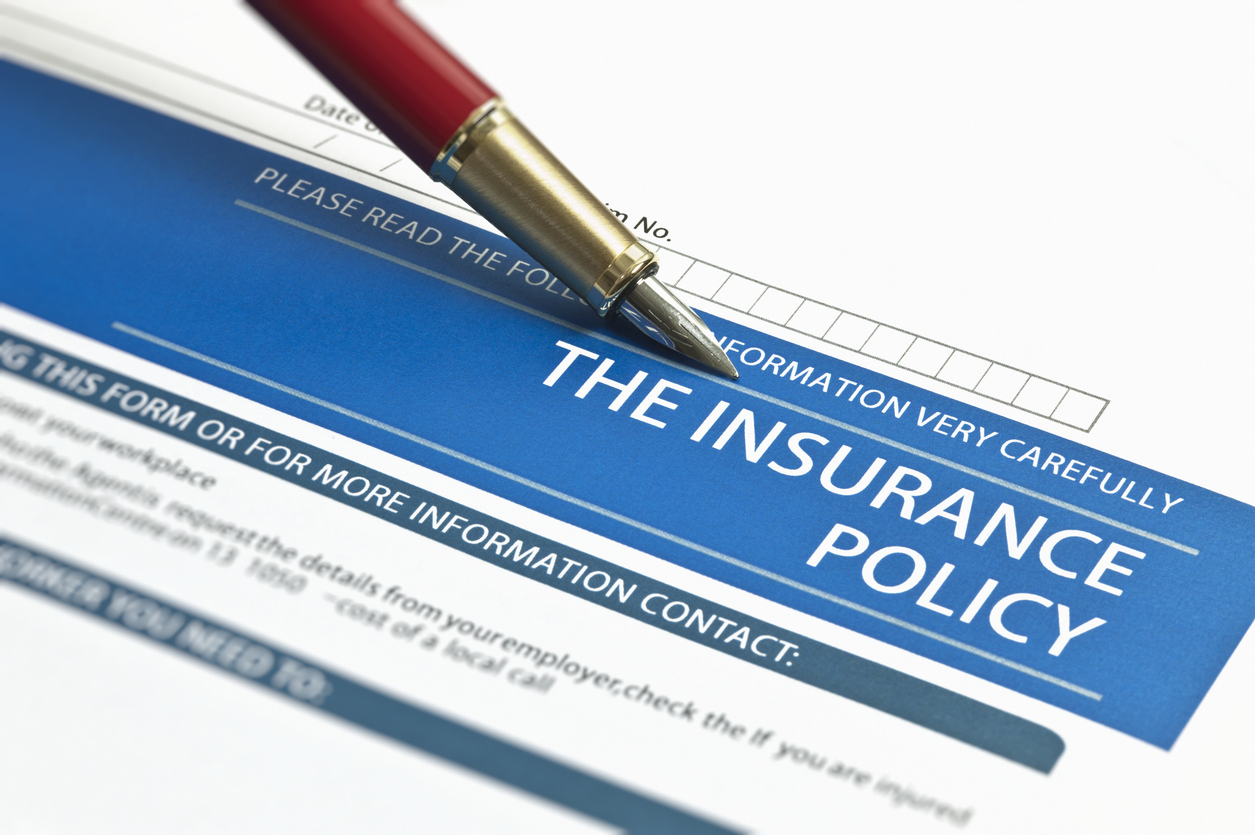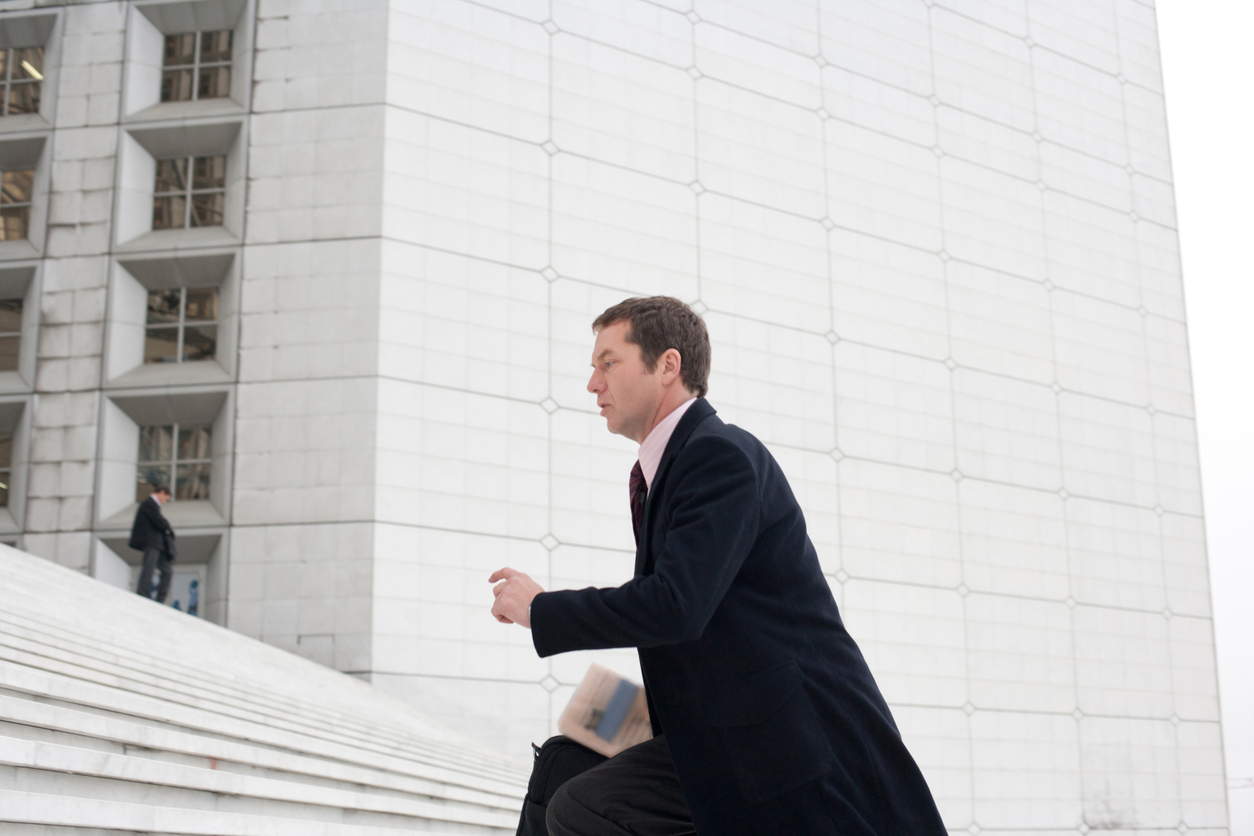Many commercial lessors have unexpected losses at the insured premises when the premises are vacant or when leases are about to expire. Unless there is verifiable proof of anticipated rental income (i.e., future leases or agreements), the business income calculation will likely yield a zero recovery, making the series of unfortunate events financially unbearable. As with many other things in life, perspective can make a difference and it can actually pay off.
"Rental value" is a term specifically defined in coverage ISO form CP 00 30 10 91. To receive payment under the “Rental Value” the policyholder much show with competent proof:
a.) The total anticipated rental income from tenant occupancy of the premises described in the Declarations as furnished and equipped by you, and
b.) Amount of all charges which are the legal obligation of the tenant(s) and which would otherwise be your obligations, and
c) Fair rental value of any portion of the described premises which is occupied by you.
If the adjustment of a rental income claim is part of a business income calculation and the insured had no real prospects for its rental, it is not reasonable to anticipate rental income. If, however, the building had been rented consistently prior to the loss, and had only recently been vacated, or if the insured has verifiable prospects for a speedy re-rental, then it is appropriate to anticipate rental income.
If this is not the case, the Loss of Use provision in some commercial property forms may provide alternate coverage.
DePhelps v. Safeco Ins. Co. of America, 65 P.3d 1234, 1239-40 (Wash. Ct. App. 2003) is instructive. Thomas and Karen DePhelps owned a residence zoned general commercial and had five bedrooms, three full baths, four half baths, one great hall, and two kitchens – one of which was industrial. The DePhelpses rented rooms on a bed and breakfast basis. They also rented the great hall occasionally for weddings and similar events. Safeco Insurance Company sold them a homeowners’ policy.
Heavy accumulations of snow and ice shifted and loosened part of the metal roof. Safeco covered the property damage loss, but the building and zoning department deemed the property to be a hotel and required commercial upgrades before approving repairs. Safeco refused coverage for the upgrades, arguing that it only expected to cover upgrades for homeowner purposes and not for commercial uses. Safeco also declined payment for the loss of rental income of the bed and breakfast operations.
The court disagreed with Safeco on both issues and granted coverage for both the code upgrades and loss of use for the bed and breakfast operations. With respect to the loss of use claim, the court stated:
[T]he policy contains separate loss of use provisions: one for the loss of the insureds’ own housing and another for lost rental income. Again, as we read these provisions, the DePhelpses may recover the rental value of the home as a single family rental. Or they can recover the reasonable cost of equivalent housing for themselves (as reduced by the rental activity) plus an estimate of the amount they would have earned from the rented portions.
In other words, when a commercial lessor is found without proof of an “actual loss” of rental income, the lessor may find some measure of recovery for the theoretical loss of a rental period that it would have enjoyed, but for the loss to the property (limited to an actual period of restoration or when the repairs are completed).



